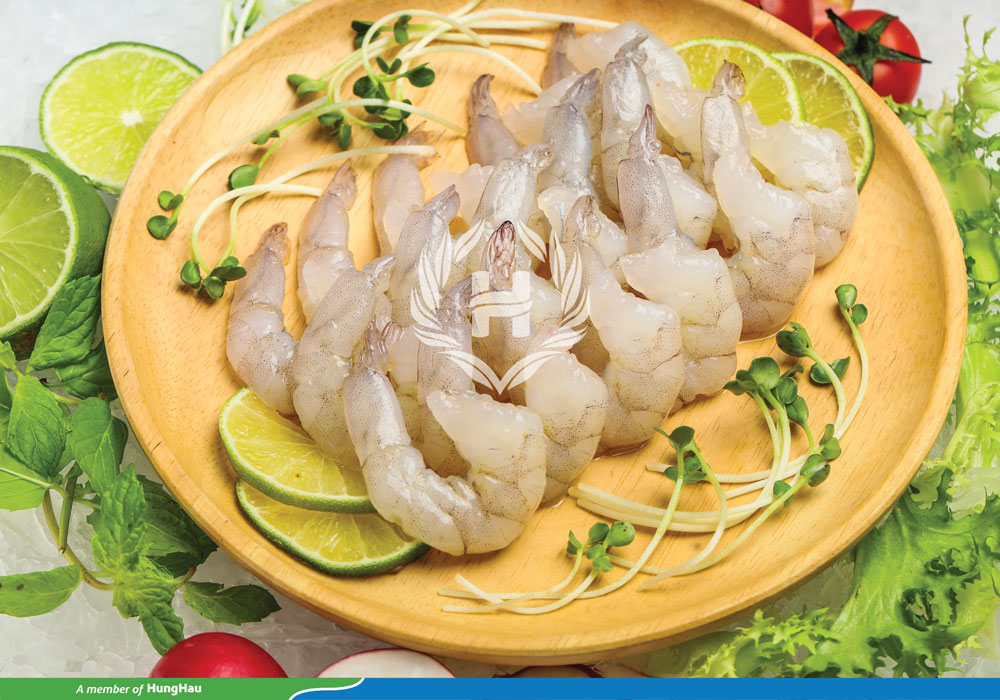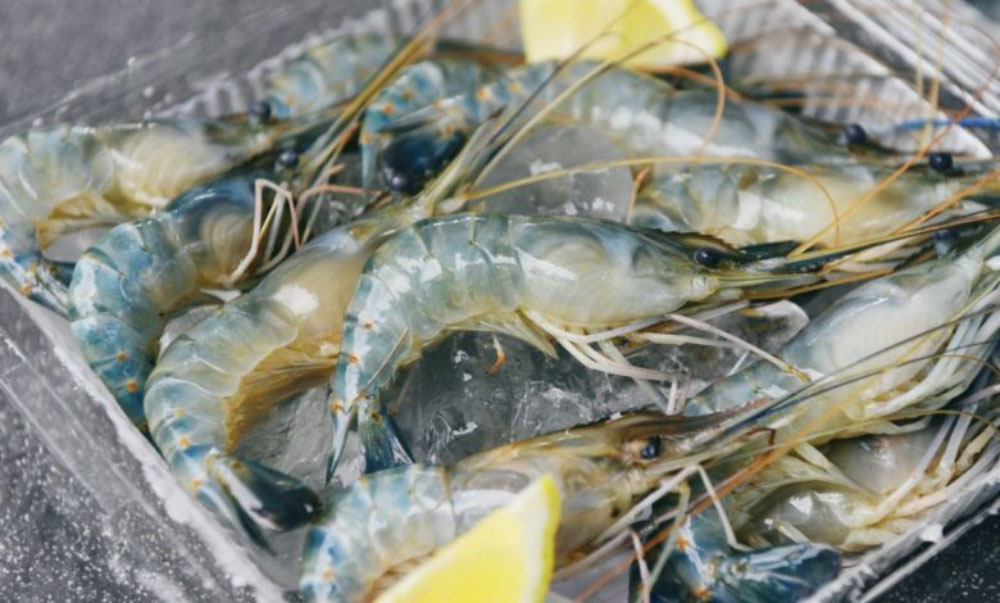Vietnam Seafood
Export shrimp prices rise, domestic prices unusual
The export price of Vietnamese shrimp to some key markets has been increasing in recent months, impacting domestic shrimp prices.
According to the Vietnam Association of Seafood Exporters and Producers (VASEP), the export price of whiteleg shrimp to the U.S. has continuously risen since February, from $9.6/kg to $10.2/kg.
In the U.S. market, Vietnamese whiteleg shrimp have seized the opportunity as Ecuadorian and Indian shrimp industries face warnings regarding labor and food safety issues. In the first seven months of the year, Vietnam’s shrimp exports to the U.S. reached $391 million, a 4% increase compared to the same period last year.
U.S. shrimp demand is expected to increase slightly in the third quarter, and prices are anticipated to rise from July onwards due to increased purchasing power from importers before the year-end holiday season. This presents an opportunity for Vietnamese shrimp enterprises to continue boosting shrimp exports to the U.S.
Besides the U.S. market, the export price of whiteleg shrimp to the EU has also risen recently, with a 1.4% increase to $7.1/kg. In July, the EU imported 4,417 tons of Vietnamese whiteleg shrimp. This marked the third consecutive month that the volume of Vietnamese shrimp imports into the EU reached high levels compared to the last months of 2023 and early 2024.
In the first seven months of the year, the EU was Vietnam’s fourth-largest shrimp market, with export revenue to this market reaching $265 million. The EU shrimp market shows signs of improvement. Do Ngoc Tai, Chairman of the VASEP Shrimp Committee, noted that EU shrimp demand is expected to increase slightly until the end of this year.
Due to the increase in export shrimp prices in some major markets, the demand for shrimp raw materials for export processing is recovering, and the prices of certain types of shrimp in the domestic market are also improving. However, domestic shrimp prices still exhibit some irregularities.
Nguyen Kim Chuyen, Director of Quyet Thang Agricultural Cooperative (Ba Ria City, Ba Ria – Vung Tau Province), said that this year’s shrimp price trends are different from previous years.

In the past, the larger the shrimp size, the higher the selling price. For instance, if 50 shrimp/kg were priced at 100,000 VND/kg, then 60 shrimp/kg would be around 90,000 VND/kg, and 70 shrimp/kg would be 10,000 VND lower. In other words, the price difference between adjacent sizes (either before or after) was usually 10,000 VND/kg.
But this year, shrimp prices by size no longer follow this rule. Recently, 80 shrimp/kg were priced at over 80,000 VND/kg, while 50 shrimp/kg were priced at just around 90,000 VND/kg.
With a significant size difference between 80 shrimp/kg and 50 shrimp/kg, the price difference is negligible. Thus, farmers selling 80 shrimp/kg would benefit more than selling 50 shrimp/kg. This is because raising shrimp to 80 shrimp/kg requires a shorter farming period and lower costs. However, increasing the size from 80 shrimp/kg to 70, 60, or 50 shrimp/kg extends the growth period since larger shrimp grow more slowly, raising farming costs.
The reason why 80 shrimp/kg are only slightly cheaper than 50 shrimp/kg is due to high domestic and export demand for 80 shrimp/kg. Many shrimp processors are intensifying the purchase of 80 shrimp/kg, driving up prices at this size. Meanwhile, 50 shrimp/kg are more challenging to sell.
Due to the high demand for 80 shrimp/kg, many farms are opting to harvest at this size instead of growing them to larger sizes, which could lead to a shortage of large-sized raw shrimp.
Chuyen mentioned that given the shrimp market’s current situation, he closely monitors the market to make timely adjustments to the harvesting period and shrimp size, ensuring optimal sales and profits.
| According to VASEP, in July, Vietnam’s shrimp exports reached their highest level since the beginning of the year, with revenue of $375 million, a 17% increase compared to July 2023. The total shrimp export revenue for the first seven months of this year exceeded $2 billion, an 8% increase compared to the same period last year. |
(Source: https://vietfishmagazine.com/)



 Tiếng Việt
Tiếng Việt